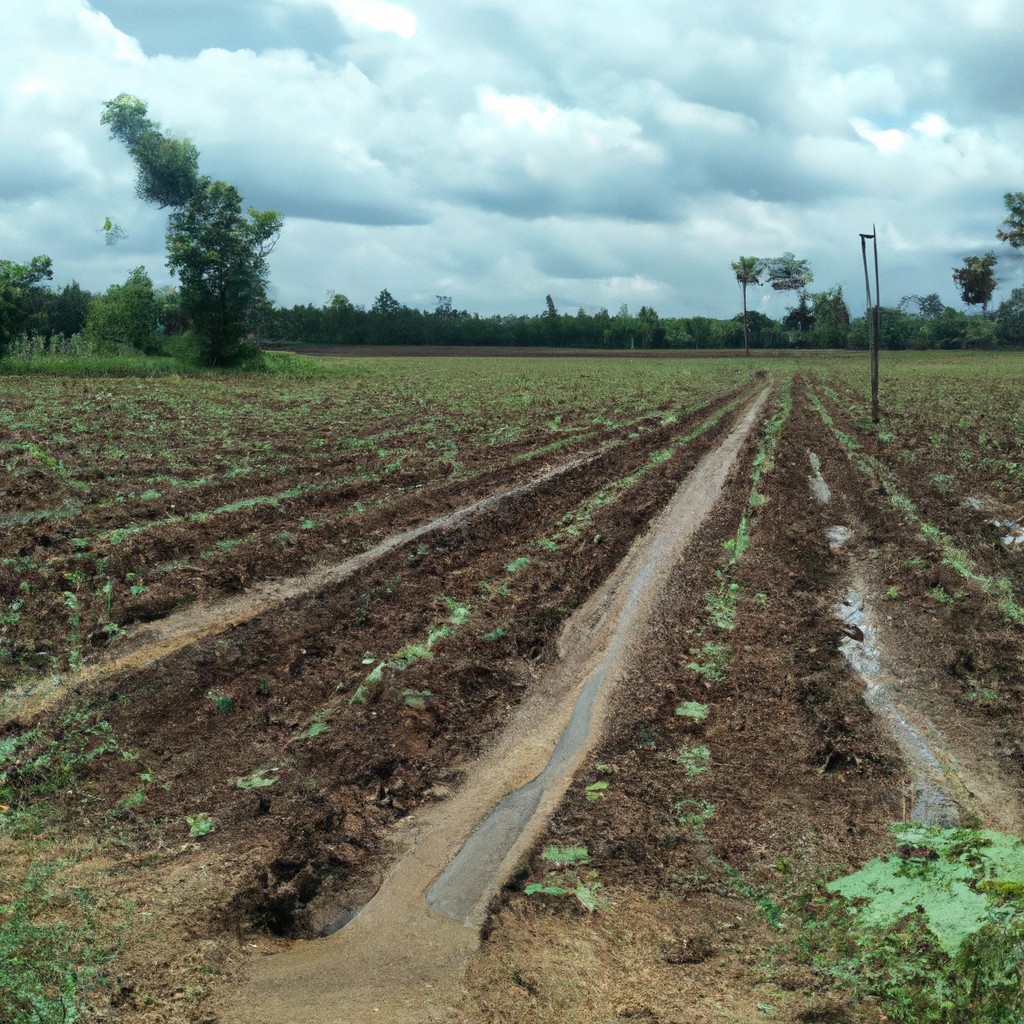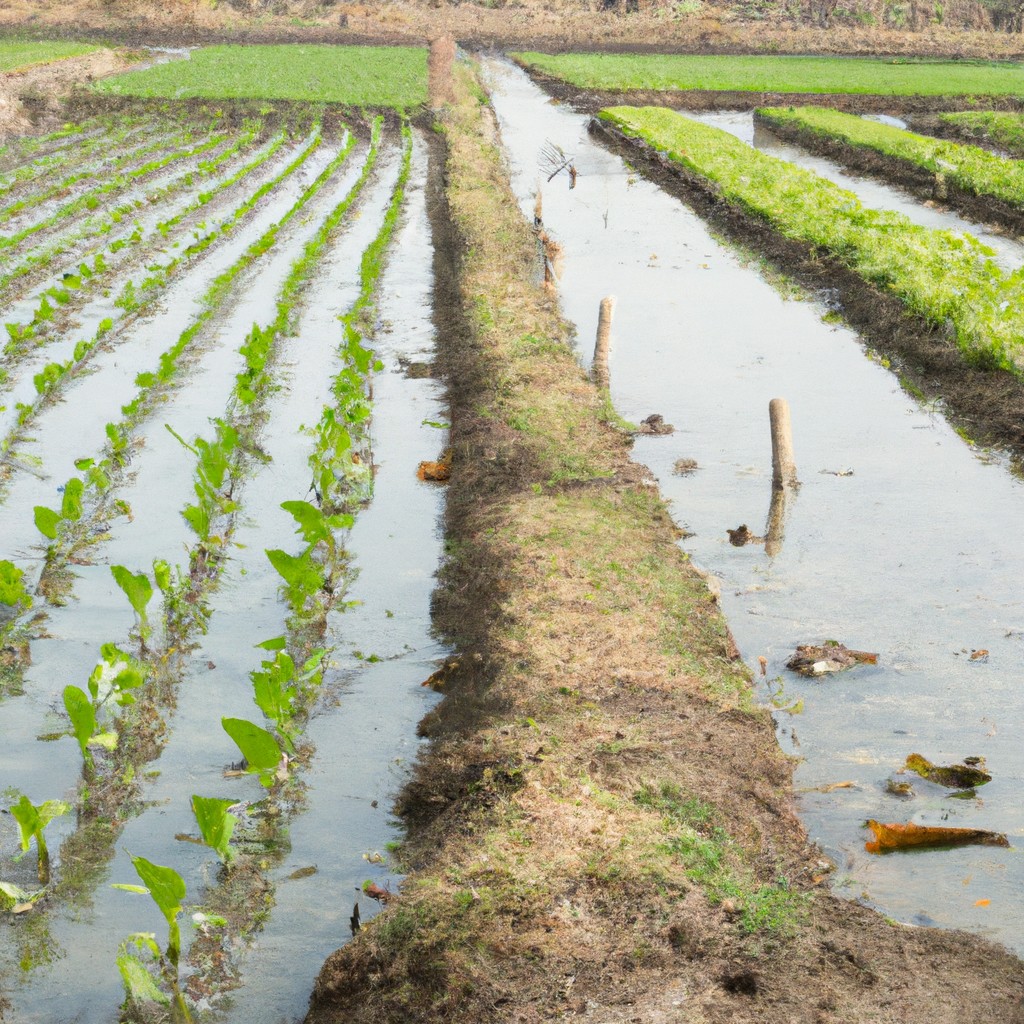This article answers common questions about sustainable and regenerative farming practices to help you understand how they benefit the environment and your crops.
Look Inside:
Current Challenges in Our Food System

Oh, the tangled web of our food system! Let’s untangle a few knots.
First, there’s soil degradation—think of soil as that friend who has given way too many piggyback rides. Constant farming without giving it a break leaves it exhausted and barren of nutrients.
Next up, water usage. Agriculture guzzles about 70% of our freshwater supply. Talk about being thirsty! With climate change shuffling rainfall like a novice card dealer, predictability is out the window.
Then, we’ve got the carbon footprint. Traditional farming can pump out greenhouse gases like it’s trying to win a contest. From farming machinery to transporting food across continents, it all adds up.
Pest problems roll in like uninvited guests to a party. Pesticide use might deal with them temporarily, but it also kills beneficial insects and seeps into the environment, causing mayhem.
Lastly, food wastage plays the villain. Crazy amounts of food go uneaten while some people struggle to get enough. Imagine throwing away every third apple you buy—that’s the scale we’re talking about here.
Tackling these issues is crucial. If we want a nourishing, sustainable future, we’ve got to be top chefs in this ecological kitchen.
Environmental Impacts of Hydroponics Versus Traditional Farming
Hydroponics scores big on resource efficiency. It uses up to 90% less water compared to traditional farming. Cheers to that! Imagine saving buckets of H2O just by tweaking the way we grow veggies.
Then there’s land use. Hydroponics can flourish in compact, vertical spaces. Picture a skyscraper of lettuce in New York City. Traditional farming, on the other hand, requires sprawling fields, not exactly a Manhattan friendly concept.
Bye-bye pesticides. Hydroponics permits controlled environments, cutting down on chemicals. Healthy plants, healthier humans, and hooray for the bees.
Soil erosion? Not in hydroponics’ dictionary. Traditional methods often leave soil exposed, leading to erosion. But when there’s no soil, there’s no soil to erode. Score one for hydroponics!
Locations Suitable for Container Farming
Urban areas are prime real estate for this type of farming. Rooftops, vacant lots, and even abandoned warehouses can be transformed into verdant green spaces growing fresh produce. Inner cities with limited access to fresh food benefit immensely from local container farms.
Suburban settings also offer great opportunities. Think about repurposing those endless seas of parking lots. Plop a container farm next to a mega-mart and you’ve instantly got hyper-local veggies.
Remote locations and food deserts can reap rewards too. Picture a container farm in an Alaskan fishing town or an isolated desert outpost. With the right set-up, fresh greens and tomatoes can thrive where the closest supermarket is miles away.
And then there’s the backyard enthusiast. Why not? Container farms can fit snugly in a large backyard, letting hobbyist gardeners ramp up their game with year-round produce.
Finally, schools and community centers are jumping on board, turning farming into an educational adventure while supplying local food. It’s a win-win: fresh produce and eager young minds learning the ropes of sustainable agriculture.
Profitability of Container Farming
Profitability can be a delightful mystery in container farming. It’s like planting a seed and hoping for a golden beanstalk. Here’s a quick peek behind the curtain:
First, initial investment. Yes, setting up a container farm isn’t cheap. Think of it as a smart investment; like buying a fancy coffee machine that eventually saves you from overpriced lattes.
Next, operational costs. These can be streamlined. With automation and efficient water usage, operating a container farm is like running a well-oiled machine with the finesse of a ballerina. Electricity and nutrient solutions may ring up, but the controlled environment pays off by reducing waste and increasing yield.
Market demand. Fresh, local produce is the superstar at the grocery store concert. Being able to grow year-round means tapping into off-season markets. Kind of like selling sunscreen in a forever summer.
Lastly, quality and consistency. Container farms can produce crops that are the Einstein of vegetables – smart and consistent. High-quality produce often fetches premium prices, ensuring your pockets jingle happily.
In sum, profitability is achievable with some upfront and operational savvy, paired with a keen eye on market opportunities and dedication to producing top-notch greens.
Innovations in Farming Technology
Let’s talk about some mind-blowing advancements that are plowing their way through agriculture. First up, we have drones. Yes, the same gizmos you thought were best for awkward wedding photos are now essential for mapping fields, monitoring crop health, and even distributing pesticides. Who knew?
Next, meet precision farming. This involves using GPS and IoT (Internet of Things) to get data on soil conditions, helping farmers know exactly where and when to plant, water, and fertilize. Think of it as farming with a crystal ball, but way cooler and more reliable.
Ever heard of robotic harvesters? These high-tech hunks of metal are busy reducing labor costs and increasing efficiency by autonomously picking fruits and vegetables. No more endless back-breaking labor.
And let’s not forget vertical farming. This beauty lets you grow crops in stacked layers, making the most of urban spaces and reducing the strain on land and water resources. Now that’s what I call thinking vertically.




